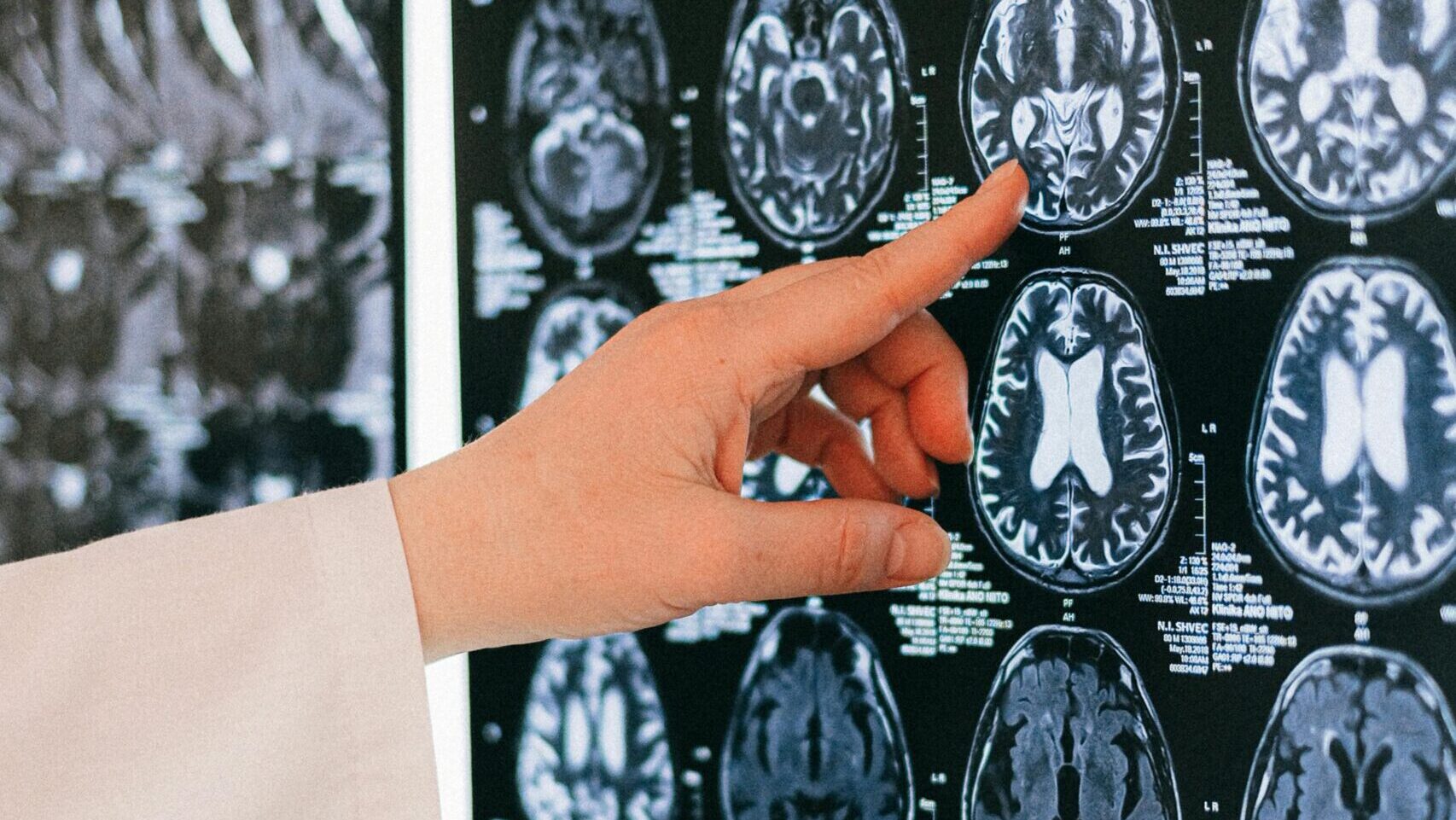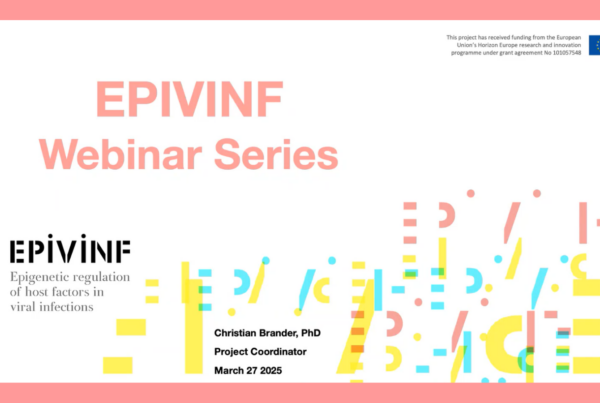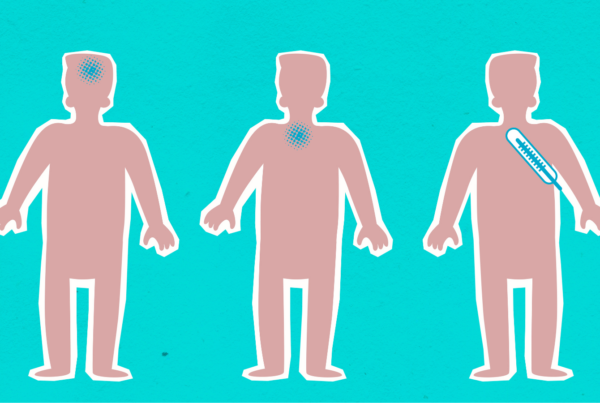
The study conducted under EPIVINF revealed a significant connection between the Sirtuin-2 (SIRT2) protein and the management of HIV infection as well as its impact on neurological health
A study conducted within the framework of the European project EPIVINF has identified a novel link between the Sirtuin-2 (SIRT2) protein and both relative control of HIV infection and the infection’s impact on neurological dysfunction. The findings, published in Journal of Virology, shed light on a new potential therapeutic intervention in HIV infection.
Combined antiretroviral treatment (cART) has significantly improved the quality of life for people living with HIV (PLWH). However, neurological disorders associated with HIV infection remain a serious clinical challenge. To address this, scientists investigated soluble factors in plasma that could serve as early biomarkers and therapeutic targets for HIV-related neurological comorbidities.
“Using a customized antibody array, we analysed blood plasma factors in 40 untreated PLWH with varying levels of viremia. We discovered a strong association between SIRT2 and elevated viral loads, HIV provirus levels, and markers of neurological damage”, says Christian Brander, co-author of the study, coordinator of EPIVINF and senior ICREA research professor at IrsiCaixa. Furthermore, longitudinal analysis of individuals undergoing cART revealed that after one year, SIRT2 plasma levels differed between those with immediate vs. delayed treatment initiation. These levels correlated inversely with brain orbitofrontal cortex involution, indicating a potential role for SIRT2 in neurological dysfunction. In vitro experiments using specific SIRT2 inhibitors led to an inhibition of HIV replication and virus reactivation from latency, identifying SIRT2 as a promising therapeutic target for HIV treatment and cure.
The study underscores the urgent need for identifying plasma biomarkers indicative of neurological dysfunction in HIV infection. “By defining SIRT2 as a key player in both HIV control and virus-related neuropathology, we open up new avenues for therapeutic intervention in HIV treatment and neurological restoration”, explains Marta Ruiz-Riol, senior author of the study, EPIVINF researcher and senior research scientist at IrsiCaixa.
Despite some limitations, including sample size and availability, the study represents a significant step forward in understanding the complex interplay between HIV infection, neurological dysfunction, and identifies potential therapeutic targets. “More studies in this area could lead to better results for people with HIV and help us get closer to finding a cure for the virus”, concludes Ruiz-Riol.






